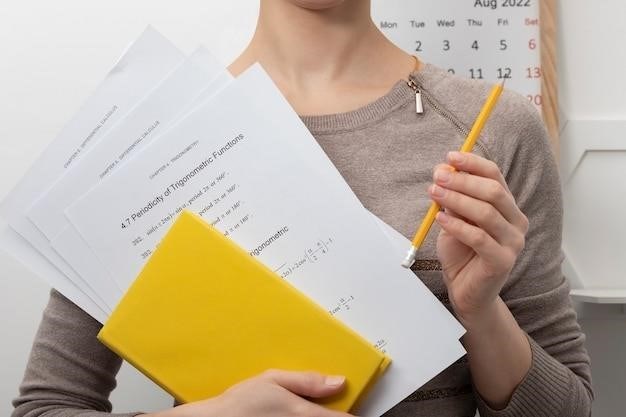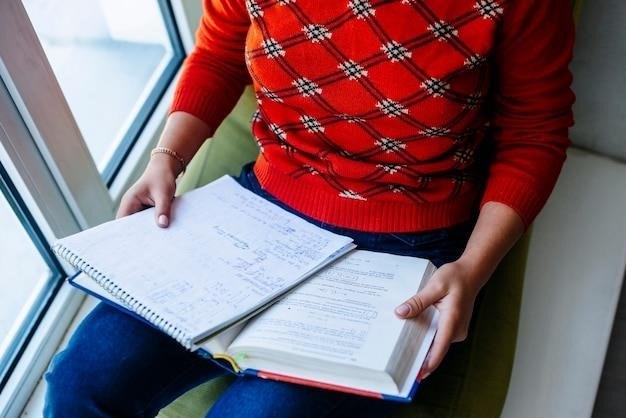Rephrasing Exercises for 2º Bachillerato
Rephrasing exercises are an essential part of mastering English grammar and vocabulary. These exercises are especially crucial for 2º Bachillerato students preparing for their university entrance exams and beyond. They help students develop their ability to express the same meaning in different ways, enriching their language proficiency and enhancing their writing skills. These exercises often focus on various grammar concepts such as verb tenses, conditionals, reported speech, passive voice, modal verbs, and connectors, allowing students to master these concepts through practical application.
Introduction
Rephrasing exercises are an indispensable tool for students at the 2º Bachillerato level, aiming to enhance their grammatical mastery and vocabulary development. These exercises play a crucial role in preparing students for their university entrance exams, as well as for future academic and professional endeavors. The ability to express the same meaning in different ways is a valuable skill that allows students to write more effectively and communicate more clearly. Rephrasing exercises are not merely about changing the structure of a sentence; they involve a deeper understanding of grammar rules, vocabulary choices, and sentence construction. By engaging in these exercises, students gain a comprehensive understanding of the English language, making them more confident and articulate communicators.
Types of Rephrasing Exercises
Rephrasing exercises come in various forms, each focusing on different aspects of grammar and vocabulary. Some common types include⁚
- Verb Tense Transformation⁚ Exercises involving changing the verb tense while maintaining the original meaning. For example, rephrasing a sentence in the present simple to the past continuous or future perfect.
- Conditional Sentences⁚ Exercises that focus on rewriting sentences using different types of conditional clauses. This may involve changing the type of conditional (e.g., zero, first, second, third) or using different expressions for conditionality.
- Reported Speech⁚ Exercises that involve converting direct speech into reported speech, paying attention to the changes in tense, pronouns, and time references;
- Passive Voice⁚ Exercises that focus on transforming sentences from active to passive voice or vice versa, understanding the nuances of subject-verb agreement and tense.
- Modal Verbs⁚ Exercises that involve using different modal verbs to express different shades of meaning, such as possibility, necessity, permission, and obligation.
- Connectors⁚ Exercises that focus on using various connectors to join sentences and clauses, establishing relationships of contrast, addition, cause and effect, or concession.
These are just a few examples of the wide range of rephrasing exercises available. The specific types of exercises will depend on the level of the students and the specific grammar concepts being practiced.
Verb Tenses
Verb tenses are crucial for conveying the correct time frame of an action or state. Rephrasing exercises focusing on verb tenses help students solidify their understanding of the different tenses and their nuances. These exercises typically involve transforming sentences from one tense to another while maintaining the original meaning. For example, a sentence in the present perfect might be rephrased into the past simple or the future perfect continuous.
Students may be asked to change a sentence from the active voice to the passive voice or vice versa, while keeping the tense consistent. They might also be tasked with using different time expressions to modify the tense of a sentence without changing its core meaning.
These exercises not only reinforce the grammatical rules but also improve the students’ ability to communicate effectively, ensuring they can express actions and events accurately in different temporal contexts.

Conditional Sentences
Conditional sentences are used to express hypothetical situations and their possible consequences. Rephrasing exercises focusing on conditional sentences help students master the different types of conditionals, including zero, first, second, and third conditionals. These exercises may involve transforming a sentence from one conditional type to another while maintaining the original meaning.
For instance, students might be asked to rephrase a sentence in the first conditional into the second conditional, or to change a sentence in the zero conditional into the third conditional. They may also be required to rewrite a sentence using different conjunctions such as “unless,” “if only,” or “provided that” while retaining the conditional structure.
These exercises help students develop their understanding of the nuances of conditional clauses, allowing them to express complex hypothetical scenarios and their potential outcomes effectively in their writing and speech.
Reported Speech
Reported speech, also known as indirect speech, is a key grammatical concept that involves conveying what someone has said or written without directly quoting them. Rephrasing exercises focusing on reported speech are essential for 2º Bachillerato students as they help solidify their understanding of how to transform direct speech into indirect speech while maintaining the original meaning.
These exercises often involve changing verb tenses, pronouns, and time references to reflect the shift from direct to indirect speech. For example, students might be asked to rephrase a sentence like “She said, ‘I am going to the cinema tonight'” into “She said that she was going to the cinema that night.” They may also be required to change direct questions into indirect questions, ensuring that the correct grammatical structure is maintained.
By practicing these exercises, students become adept at conveying information accurately and effectively while also demonstrating their grasp of the complex rules governing reported speech.
Passive Voice
The passive voice is a grammatical structure that shifts the focus of a sentence from the performer of the action to the receiver of the action. Rephrasing exercises involving the passive voice are crucial for 2º Bachillerato students as they help them understand how to transform active voice sentences into passive voice sentences and vice versa.
These exercises typically involve identifying the subject, verb, and object in an active sentence and then rearranging them to form a passive sentence. For example, the sentence “The chef cooked the meal” in active voice can be rephrased as “The meal was cooked by the chef” in passive voice. Students may also be asked to rephrase sentences using the passive voice to emphasize the receiver of the action or to create a more formal or impersonal tone.
Mastering the passive voice is essential for students to communicate effectively and to understand various grammatical nuances. Through practice and analysis, they can confidently navigate the complexities of this grammatical structure and enhance their overall writing and comprehension skills.
Modal Verbs
Modal verbs are auxiliary verbs that express a speaker’s attitude or opinion about the main verb. They add nuances of possibility, ability, permission, obligation, advice, and more. Rephrasing exercises focusing on modal verbs are invaluable for 2º Bachillerato students, as they help solidify their understanding of these verbs and their diverse functions.
These exercises often present sentences with various modal verbs and ask students to rephrase them using different modal verbs to convey subtle changes in meaning. For instance, “You should study harder” could be rephrased as “You ought to study harder” or “You must study harder,” each suggesting a slightly different level of obligation. Students might also be asked to rewrite sentences using modal verbs to express probability, such as “It might rain tomorrow” or “It is likely to rain tomorrow.”
By engaging in these exercises, students gain a comprehensive grasp of the nuances conveyed by modal verbs and learn to express themselves with greater precision and sophistication. This skill proves beneficial for both written and spoken communication, enabling students to express their thoughts and opinions effectively and confidently.
Connectors
Connectors, also known as conjunctions or linking words, play a crucial role in creating coherent and logical sentences and paragraphs. They establish relationships between ideas, indicating contrast, addition, cause and effect, or other connections. For 2º Bachillerato students, mastering connectors is essential for producing well-structured and engaging writing. Rephrasing exercises that focus on connectors provide students with a practical platform to practice using these words effectively.
These exercises often present a sentence and ask students to rephrase it using a specific connector to emphasize a particular relationship between ideas. For example, “She went to the party, but she didn’t enjoy it” could be rephrased as “Despite going to the party, she didn’t enjoy it,” using the connector “despite” to highlight the contrast between her attendance and her experience. Students might also be asked to rewrite sentences using connectors to express cause and effect, such as “I was late because I missed the bus” or “As a result of missing the bus, I was late.”
Through these exercises, students develop a deeper understanding of the nuances of connectors and their impact on sentence meaning. They learn to choose the most appropriate connector to convey their intended relationship between ideas, enhancing the clarity and effectiveness of their writing.
Rephrasing exercises are invaluable tools for 2º Bachillerato students as they prepare for their final exams and future academic endeavors. These exercises not only strengthen grammatical understanding and vocabulary but also enhance critical thinking skills. By analyzing and transforming sentences, students develop a deeper appreciation for the nuances of English language usage, increasing their confidence in expressing themselves effectively and creatively.
The availability of online resources and downloadable PDFs, such as those mentioned in the provided information, provides 2º Bachillerato students with ample opportunities to practice rephrasing. These resources, with their solved exercises, serve as excellent guides and allow students to self-assess their progress. Furthermore, these materials often cover a wide range of grammatical concepts, ensuring students gain a comprehensive understanding of rephrasing techniques.
In conclusion, incorporating rephrasing exercises into their learning routine is a valuable investment for 2º Bachillerato students. These exercises empower them with the skills and knowledge needed to excel in their academic pursuits and confidently navigate the complexities of the English language.
